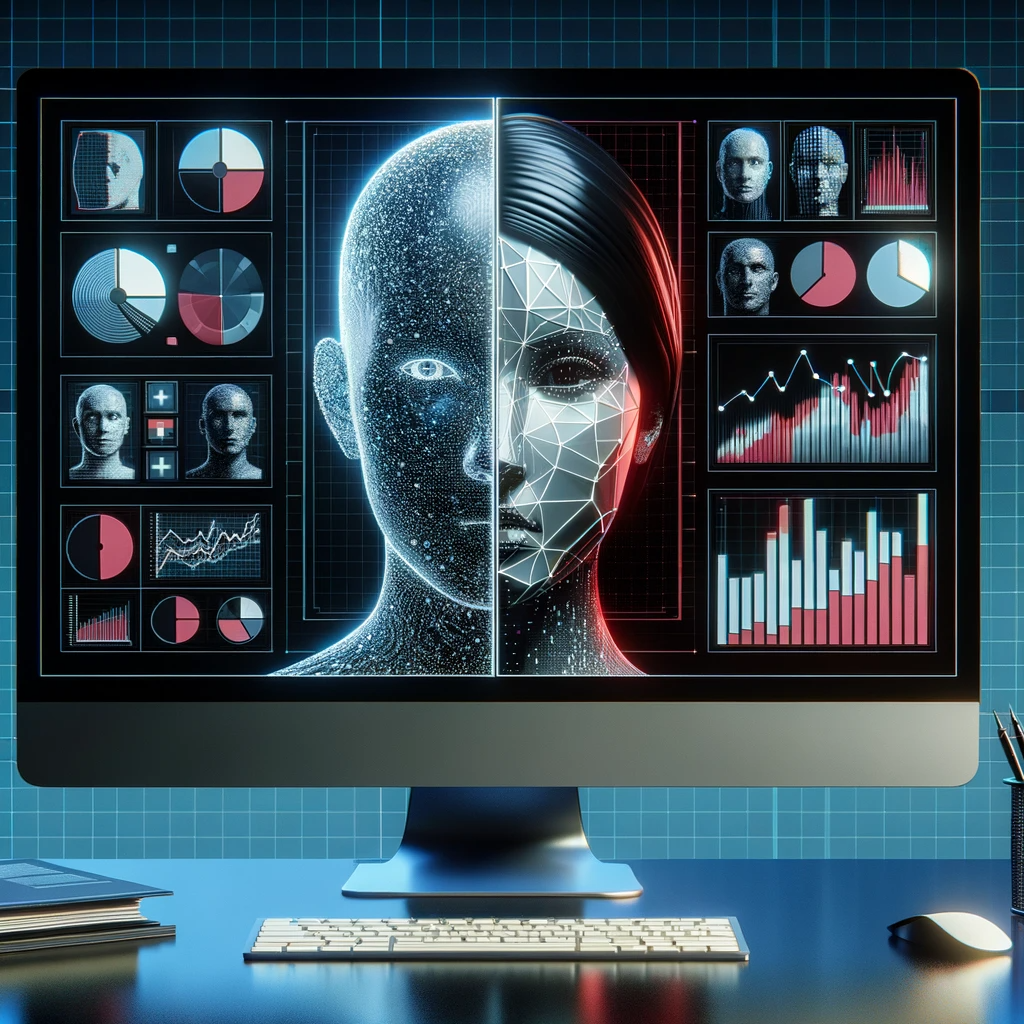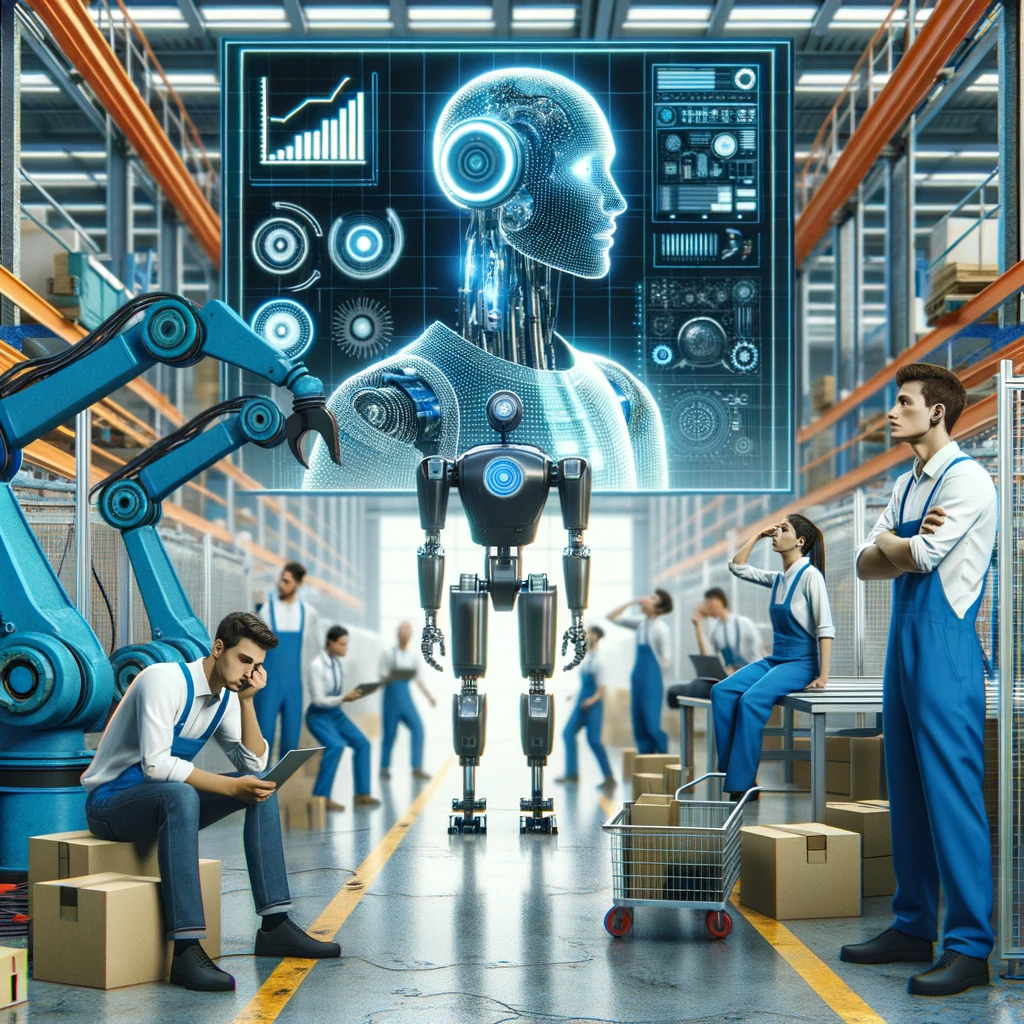Artificial Intelligence (AI) has undoubtedly revolutionized various industries, but it’s not without its risks. As AI becomes more advanced and integrated into our daily lives, we must be aware of the potential dangers and mishaps that can occur. In this article, we’ll explore five terrifying AI mishaps that highlight the importance of caution when dealing with this powerful technology.
1. Autonomous Vehicle Accidents

Self-driving cars have been hailed as the future of transportation, promising increased safety and efficiency. However, there have been several high-profile accidents involving autonomous vehicles. These incidents raise concerns about the reliability and safety of AI-powered driving systems.
One notable case is the Uber self-driving car accident in 2018, where a pedestrian was fatally struck by an autonomous vehicle. The incident highlighted the challenges of accurately detecting and responding to unexpected situations on the road. While autonomous vehicles have the potential to reduce accidents, it’s crucial to address the limitations and ensure proper safety measures are in place.
2. Biased Decision-Making

AI algorithms are designed to make decisions based on data and patterns. However, if the data used to train these algorithms is biased, it can lead to discriminatory outcomes. This issue has been observed in various domains, including hiring practices, criminal justice systems, and loan approvals.
For example, Amazon’s AI recruiting tool was found to be biased against women, as it learned from historical hiring data that favored male candidates. This highlights the importance of carefully curating and reviewing training data to prevent biased decision-making by AI systems.
3. Deepfake Manipulation

Deepfake technology allows the creation of highly realistic fake videos or audios that can manipulate and deceive viewers. While it has entertaining applications, such as in movies or impersonations, it also poses significant risks.
Deepfakes can be used for malicious purposes, such as spreading fake news, blackmailing individuals, or manipulating public opinion. The potential for misinformation and manipulation raises concerns about the credibility and trustworthiness of digital media.
4. Cybersecurity Threats

As AI becomes more prevalent, it also becomes an attractive target for cybercriminals. AI systems can be vulnerable to attacks, such as adversarial attacks, where malicious actors manipulate input data to deceive the AI system.
For instance, researchers have demonstrated how AI-powered facial recognition systems can be tricked into misidentifying individuals by adding subtle perturbations to their faces. These cybersecurity threats highlight the need for robust security measures and continuous monitoring to protect AI systems from malicious attacks.
5. Job Displacement and Economic Inequality

The widespread adoption of AI technologies has raised concerns about job displacement and economic inequality. AI-powered automation can replace human workers in various industries, leading to job losses and a shift in the job market.
While AI has the potential to create new job opportunities, there is a risk of exacerbating income inequality if the benefits of AI are not distributed equitably. It’s crucial to address these socioeconomic challenges and ensure that AI technologies are implemented in a way that benefits all members of society.
In conclusion, the horizon of AI’s capabilities is vast and brimming with transformative potential. Its promise of reshaping industries, automating processes, and forging new frontiers is undeniable. Yet, like all powerful tools, it comes with inherent challenges that demand our attention. As we stand on the cusp of this technological revolution, it’s imperative to not only celebrate AI’s marvels but also to be acutely aware of its pitfalls. By delving deeper into the intricacies of AI, proactively addressing its challenges, and fostering responsible and ethical practices, we can ensure a future where AI serves as a boon to humanity, amplifying our strengths while safeguarding against its potential risks.
